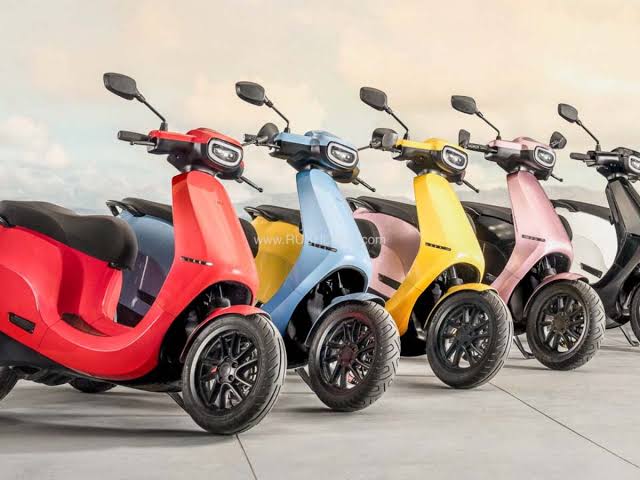Ola Electric’s upcoming IPO reveals not only potential reputational risk for the brand but also significant challenges to its business and ambitious growth objectives. As the first potential pure electric vehicle (EV) manufacturer of two-wheelers in India to go public, Ola Electric’s draft red herring prospectus (DRHP) highlights a set of obstacles that cannot be overlooked.
In December, Ola Electric submitted its DRHP to the Securities Exchange Board of India (SEBI) for its initial public offering (IPO), pending SEBI approval. Despite mounting losses, Ola Electric maintained its market leadership in the EV two-wheeler segment, capturing 40 percent market share. The company’s market share gains were fueled by an aggressive marketing campaign, “December to Remember,” involving discounts and price reductions. However, concerns arise about potential headwinds if the FAME (Faster Adoption and Manufacturing of Hybrid and Electric Vehicles) scheme is discontinued.
The IPO comprises a combination of a fresh issue of shares and an offer-for-sale (OFS) by existing shareholders, aiming to raise Rs5,500 crore through fresh equity shares. Notably, founder Bhavish Aggarwal plans to offload the maximum number of shares in the OFS, raising questions about his confidence in Ola Electric. Aggarwal holds 36.94 percent pre-IPO, and the significant sell-off by the promoter sparks doubts about the business’s developmental stage.
Major shareholders reducing their stakes post-IPO include SVF II Ostrich (21.98 percent), Alpha Wave Ventures II (3.49 percent), Internet Fund III (6.03 percent), and MacRitchie Investments (1.25 percent).
Ola Electric contemplates a pre-IPO placement of Rs1,100 crore, potentially reducing the fresh issue size. The funds raised will primarily be allocated to research and development (R&D) and the capital expenditure needs of its subsidiary business. Key allocations include Rs1,600 crore for research and product development, Rs1,226.42 crore for the Ola Gigafactory project, and Rs800 crore for subsidiary OET’s debt repayment.
The construction of the Ola Gigafactory in Tamil Nadu, focused on cell manufacturing, is underway, with Phase 1 expected to be operational by March 31, targeting a production capacity of 1.4 GWh. Expansion plans aim to reach 5 GWh by October.









